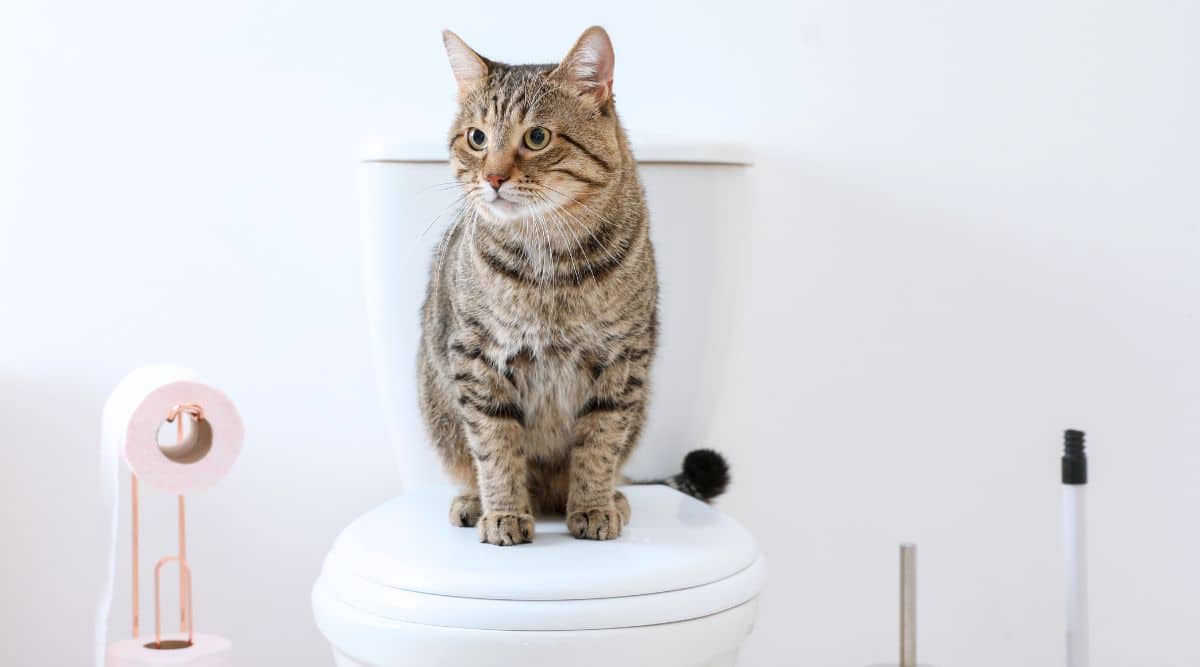Prevent Bathroom Disasters: Don't Flush Cat Poop Down Your Toilet - Professional Advice
Prevent Bathroom Disasters: Don't Flush Cat Poop Down Your Toilet - Professional Advice
Blog Article
On this page in the next paragraph yow will discover lots of quality data all about Don’t flush cat feces down the toilet.

Intro
As pet cat proprietors, it's necessary to bear in mind exactly how we take care of our feline buddies' waste. While it might appear convenient to flush pet cat poop down the commode, this practice can have harmful repercussions for both the setting and human wellness.
Environmental Impact
Flushing cat poop introduces damaging microorganisms and bloodsuckers right into the supply of water, positioning a substantial threat to aquatic ecological communities. These pollutants can negatively affect aquatic life and compromise water top quality.
Wellness Risks
Along with ecological problems, purging cat waste can also position wellness risks to humans. Cat feces might consist of Toxoplasma gondii, a bloodsucker that can trigger toxoplasmosis-- a potentially serious illness, especially for pregnant females and individuals with damaged body immune systems.
Alternatives to Flushing
Luckily, there are much safer and more liable means to throw away feline poop. Consider the adhering to alternatives:
1. Scoop and Dispose in Trash
The most usual approach of throwing away feline poop is to scoop it right into a naturally degradable bag and toss it in the trash. Be sure to use a committed litter inside story and get rid of the waste immediately.
2. Usage Biodegradable Litter
Go with naturally degradable feline clutter made from materials such as corn or wheat. These litters are environmentally friendly and can be safely dealt with in the trash.
3. Hide in the Yard
If you have a lawn, consider burying feline waste in a designated area away from vegetable yards and water sources. Be sure to dig deep sufficient to stop contamination of groundwater.
4. Mount a Pet Waste Disposal System
Invest in a pet waste disposal system specifically created for pet cat waste. These systems use enzymes to break down the waste, reducing smell and environmental effect.
Final thought
Responsible pet ownership expands beyond supplying food and shelter-- it also entails appropriate waste management. By refraining from flushing cat poop down the commode and choosing alternative disposal methods, we can reduce our ecological footprint and shield human health and wellness.
Why You Should Never Flush Cat Poop Down the Toilet
A rose by any other name might smell as sweet, but not all poop is created equal. Toilets, and our sewage systems, are designed for human excrement, not animal waste. It might seem like it couldn’t hurt to toss cat feces into the loo, but it’s not a good idea to flush cat poop in the toilet.
First and foremost, assuming your cat uses a litter box, any waste is going to have litter on it. And even the smallest amount of litter can wreak havoc on plumbing.
Over time, small amounts build up, filling up your septic system. Most litter sold today is clumping; it is made from a type of clay that hardens when it gets wet. Ever tried to scrape old clumps from the bottom of a litter box? You know just how cement-hard it can get!
Now imagine just a small clump of that stuck in your pipes. A simple de-clogger like Drano isn’t going to cut it. And that means it’s going to cost you big time to fix it.
Parasitic Contamination
Believe it or not, your healthy kitty may be harboring a nasty parasite. Only cats excrete Toxoplasma in their feces. Yet it rarely causes serious health issues in the cats that are infected. Most people will be fine too if infected. Only pregnant women and people with compromised immune systems are at risk. (If you’ve ever heard how women who are expecting are excused from litter cleaning duty, Toxoplasma is why.)
But other animals may have a problem if infected with the parasite. And human water treatment systems aren’t designed to handle it. As a result, the systems don’t remove the parasite before discharging wastewater into local waterways. Fish, shellfish, and other marine life — otters in particular — are susceptible to toxoplasma. If exposed, most will end up with brain damage and many will die.
Depending on the species of fish, they may end up on someone’s fish hook and, ultimately on someone’s dinner plate. If that someone has a chronic illness, they’re at risk.
Skip the Toilet Training
We know there are folks out there who like to toilet train their cats. And we give them props, it takes a lot of work. But thanks to the toxoplasma, it’s not a good idea.

Do you really like reading about How to Dispose of Cat Poop and Litter Without Plastic Bags? Create a remark down below. We will be glad to know your thinking about this posting. We are looking forward that you come back again before long. Are you aware of anybody else who is fascinated by How to Dispose of Cat Poop and Litter Without Plastic Bags? Why not share it. Thanks for going through it.
Contact Us Now Report this page